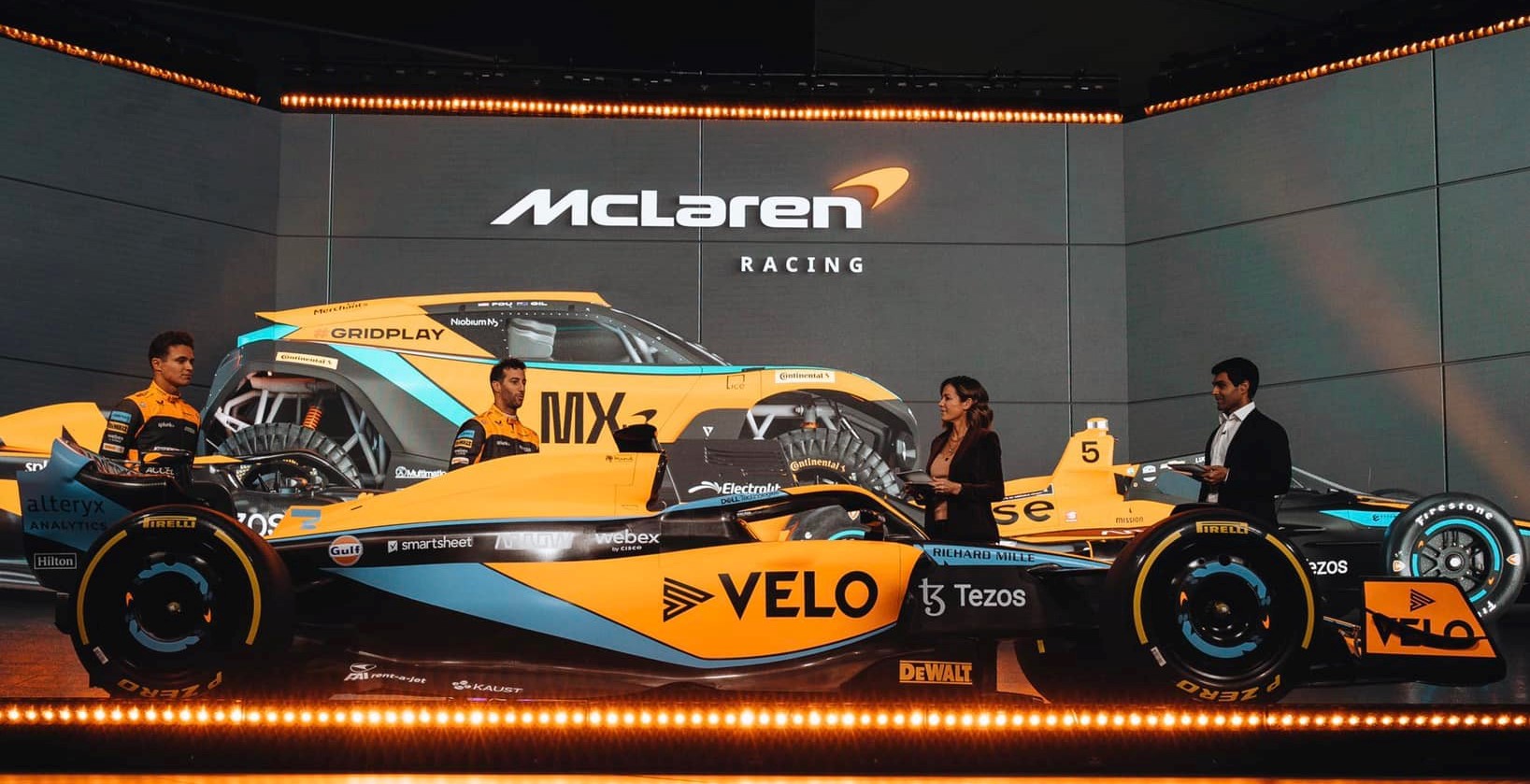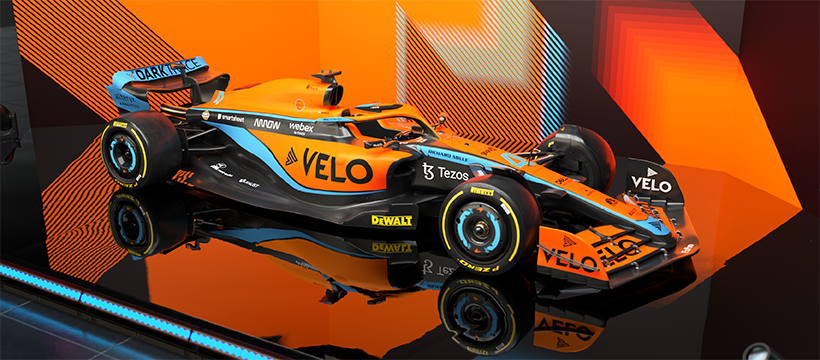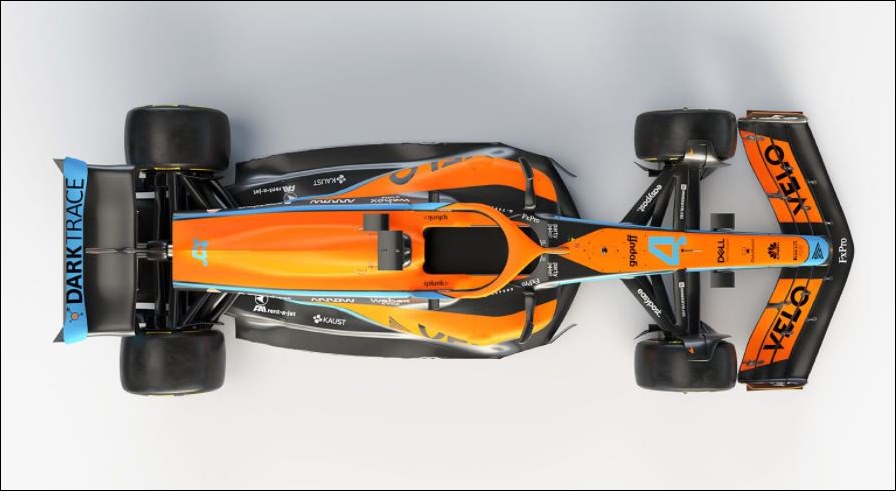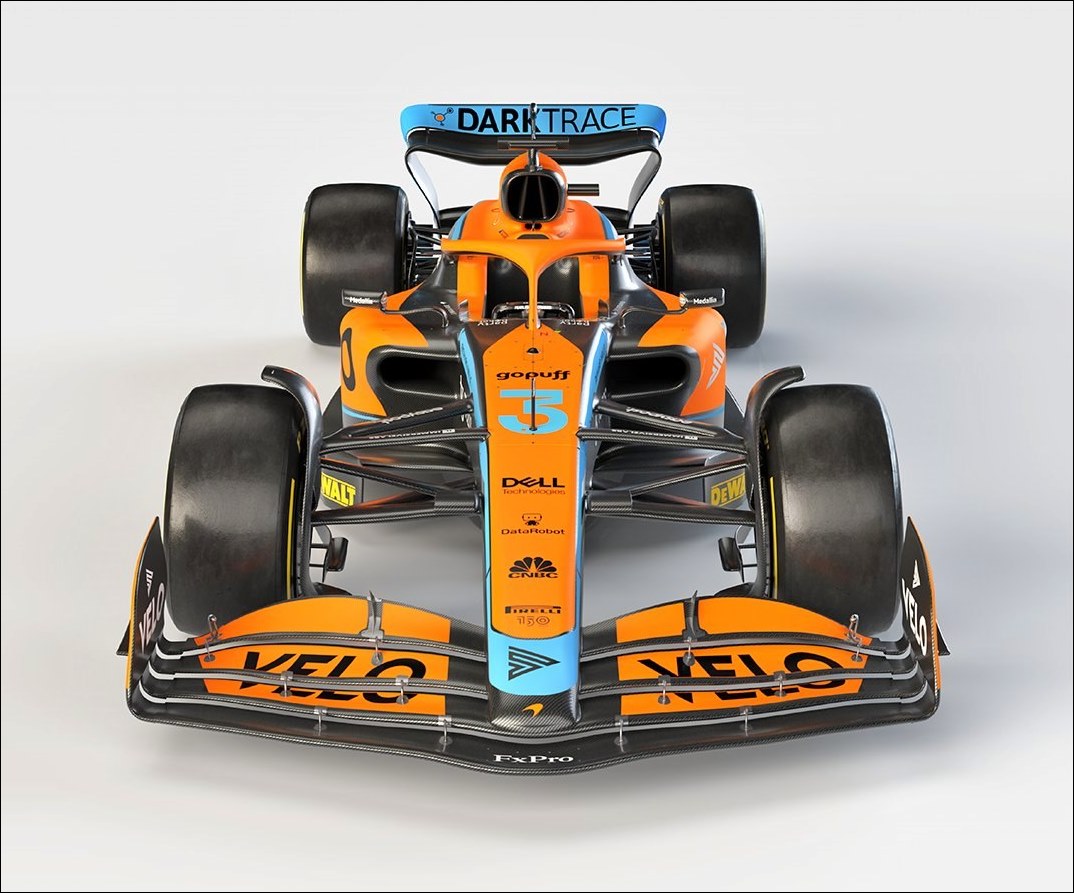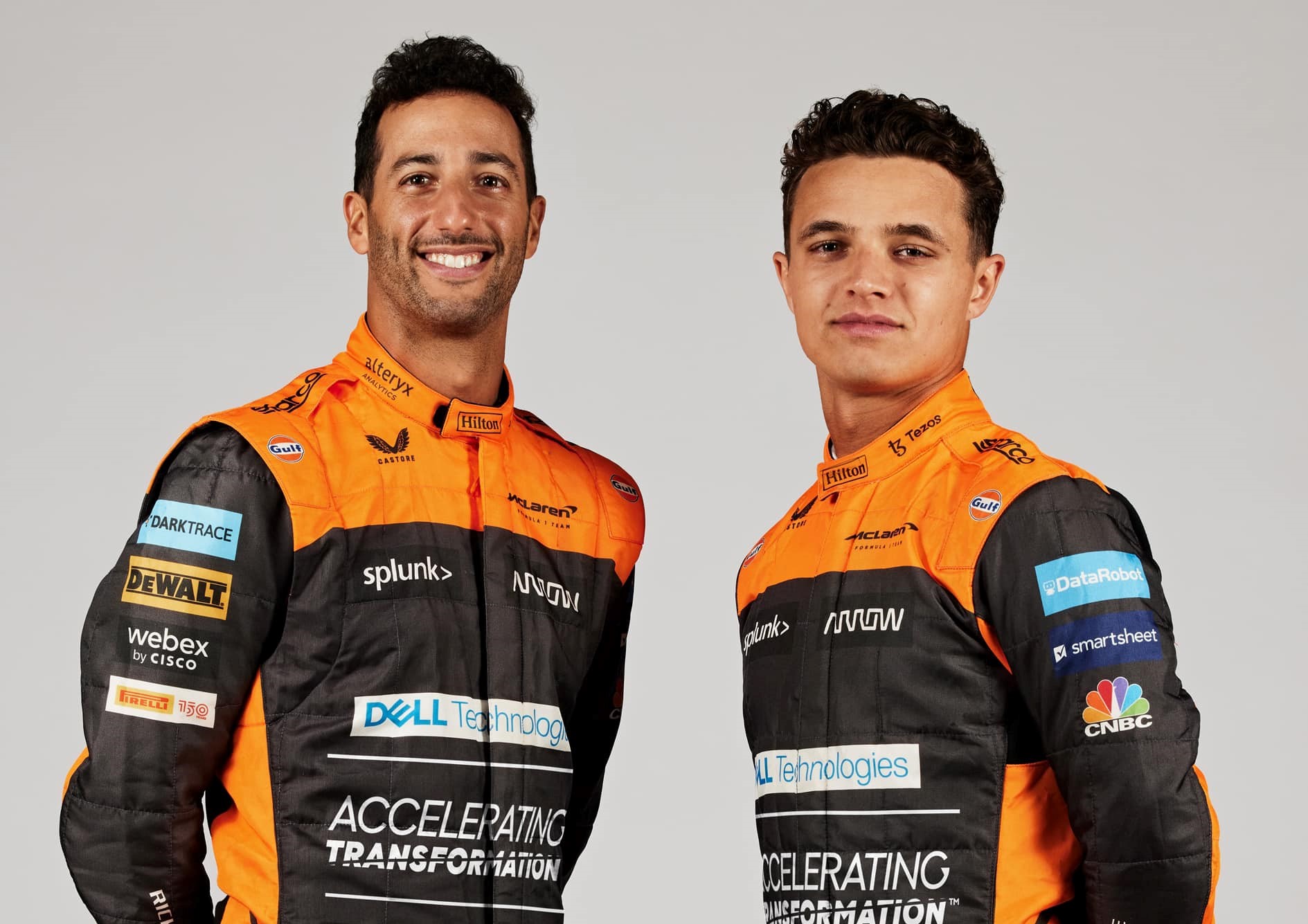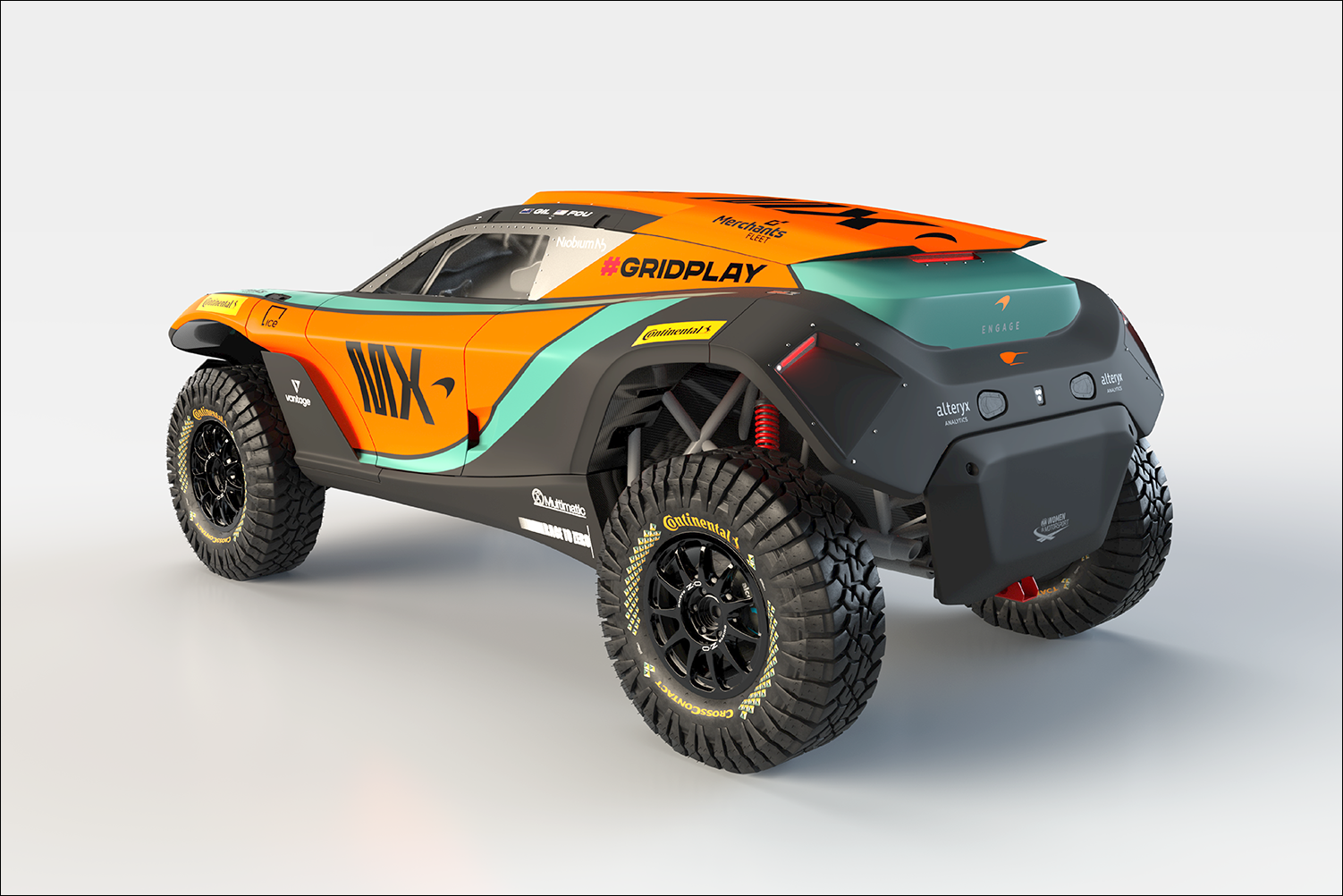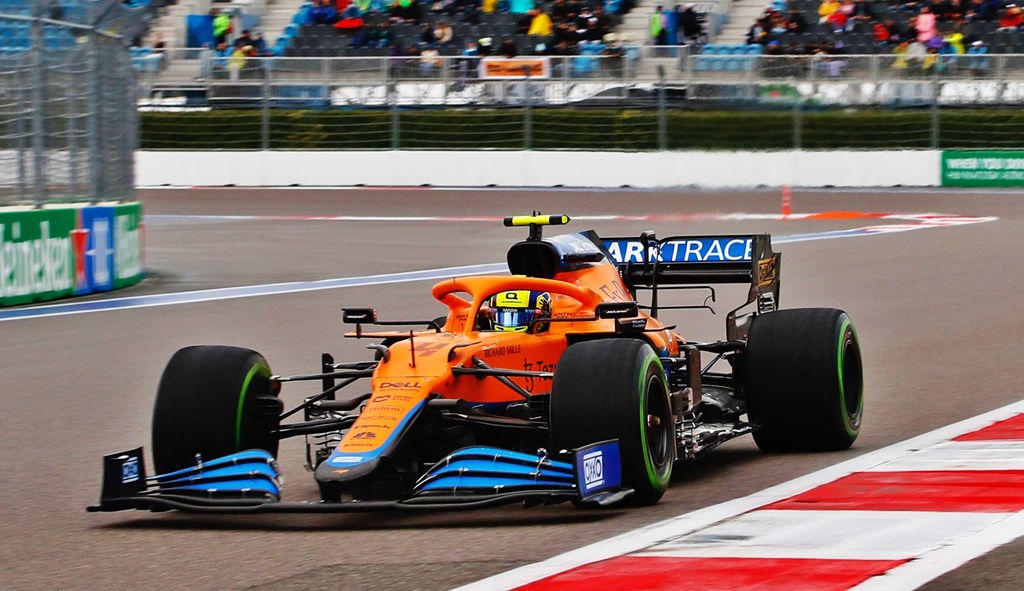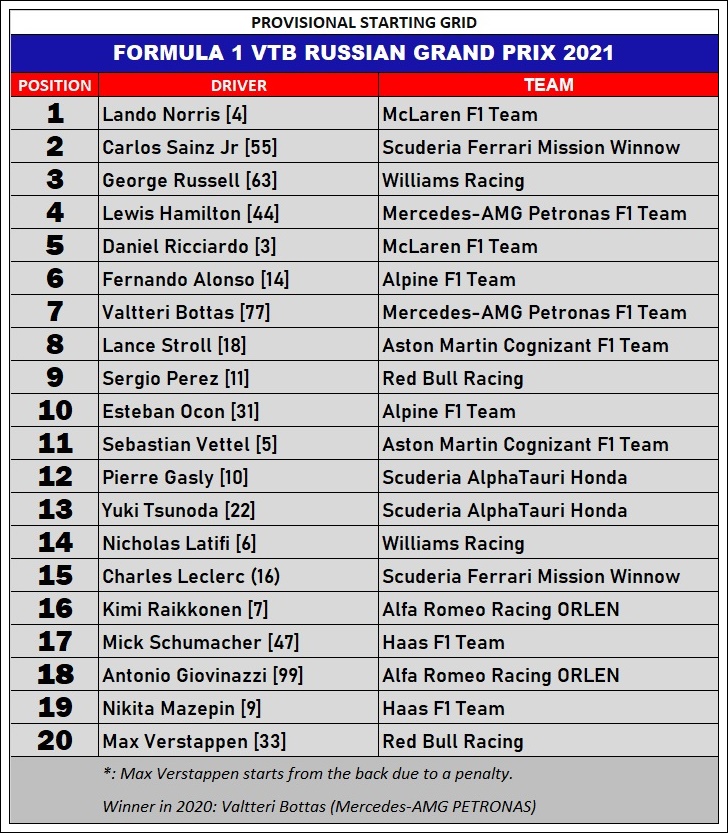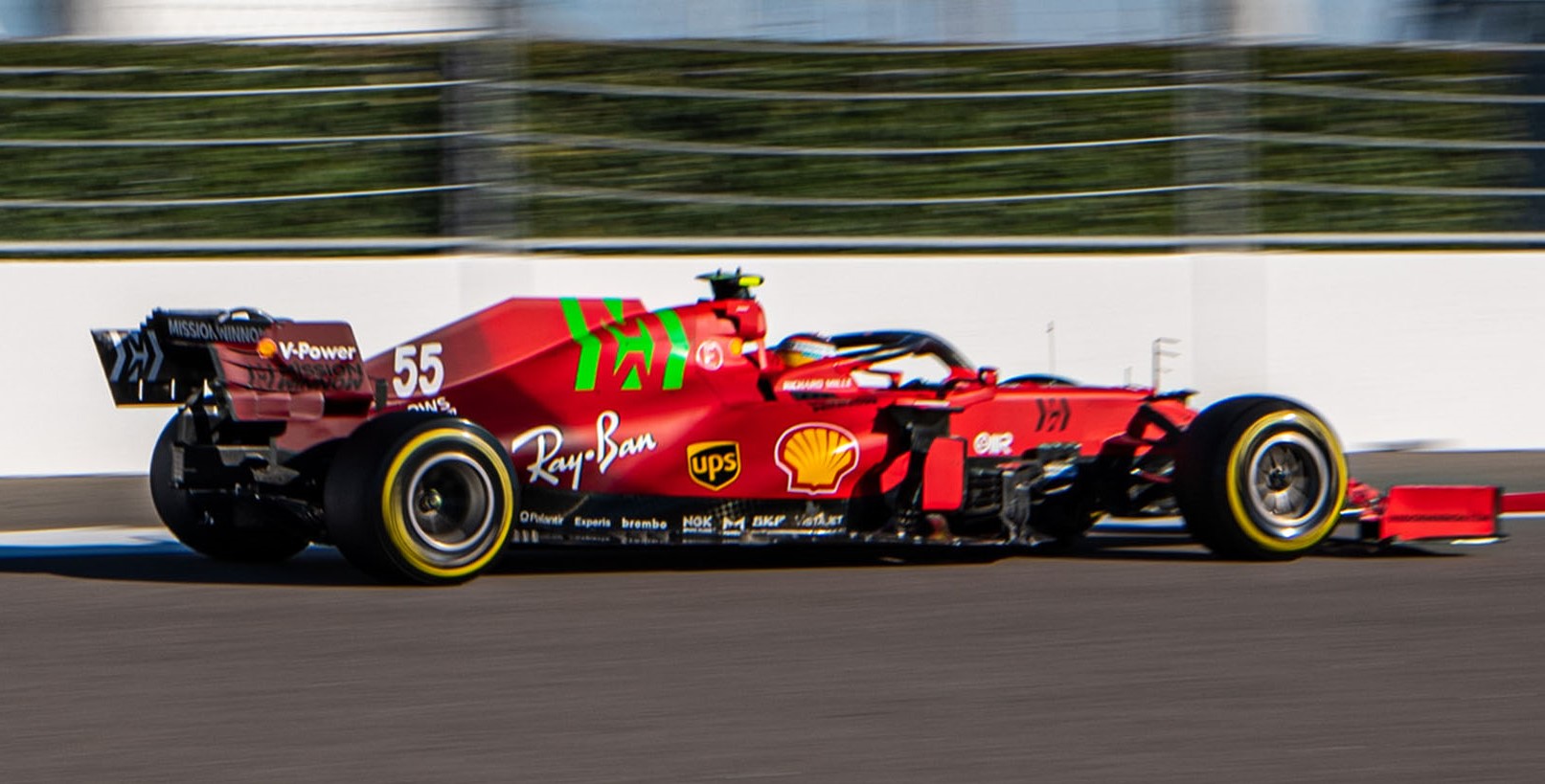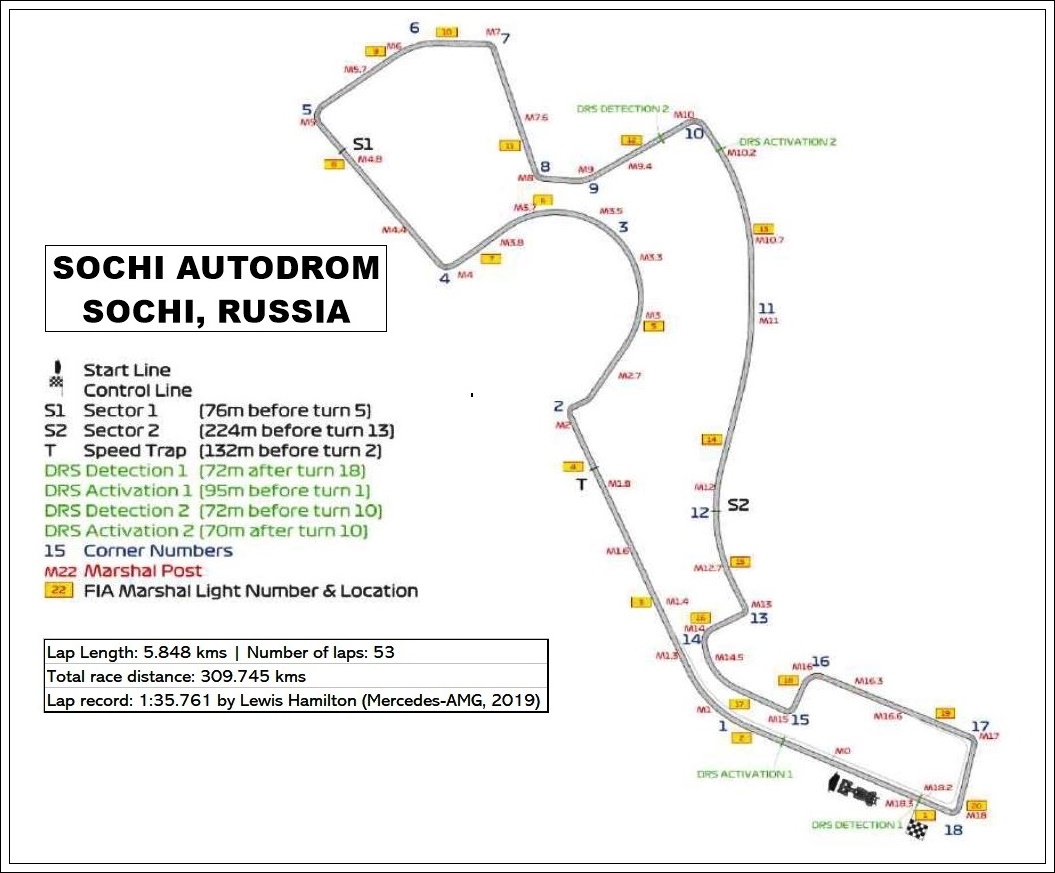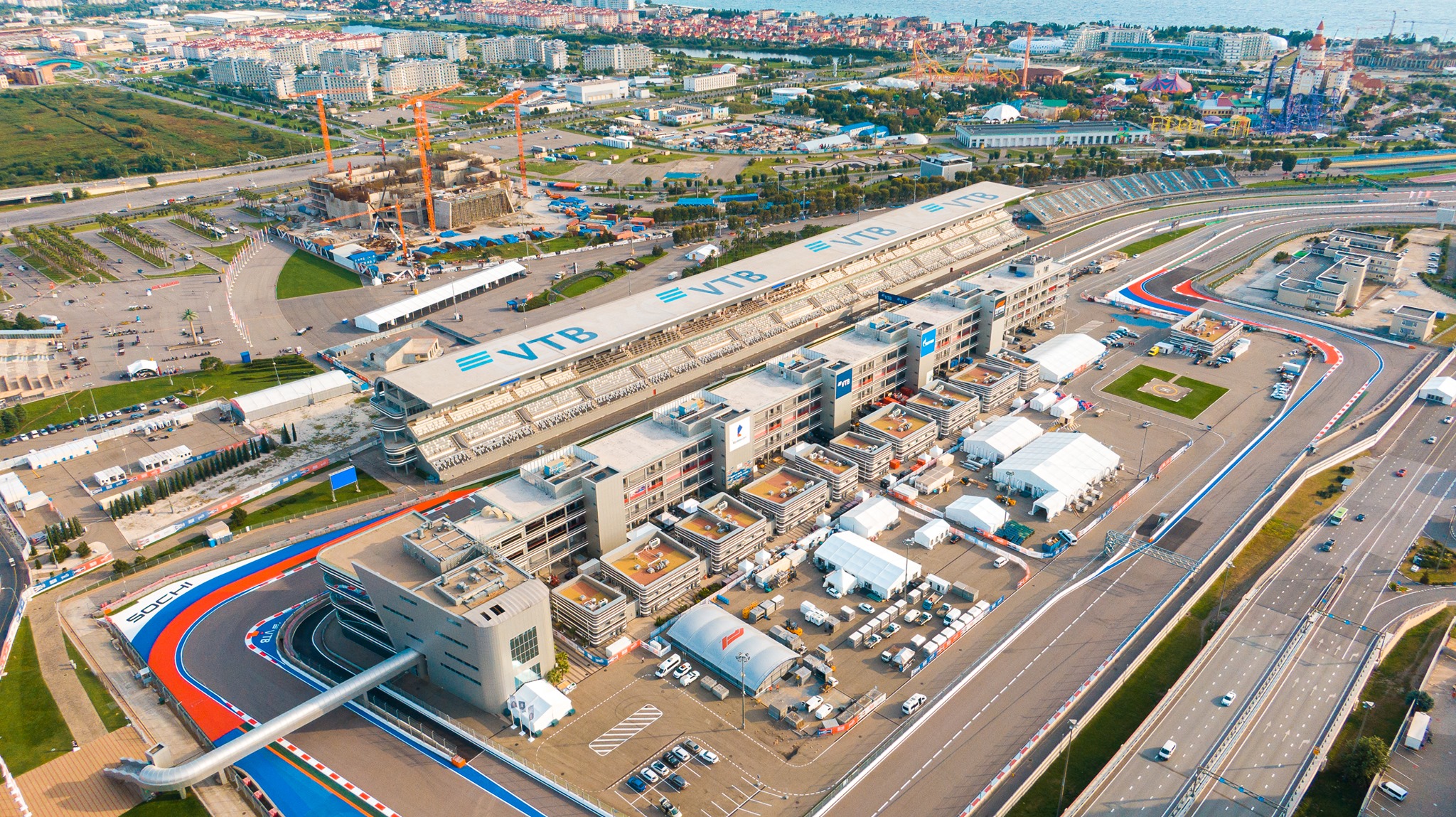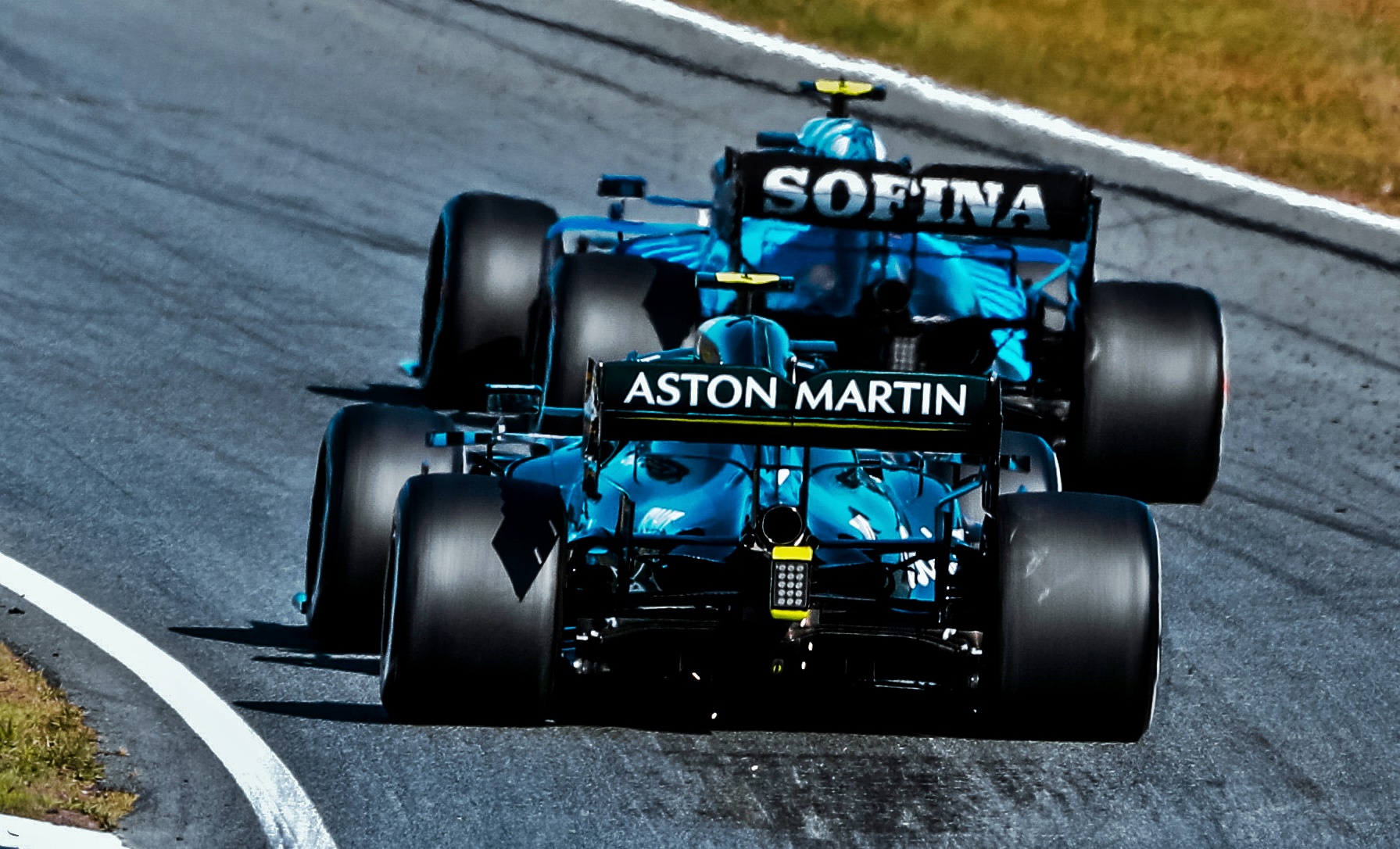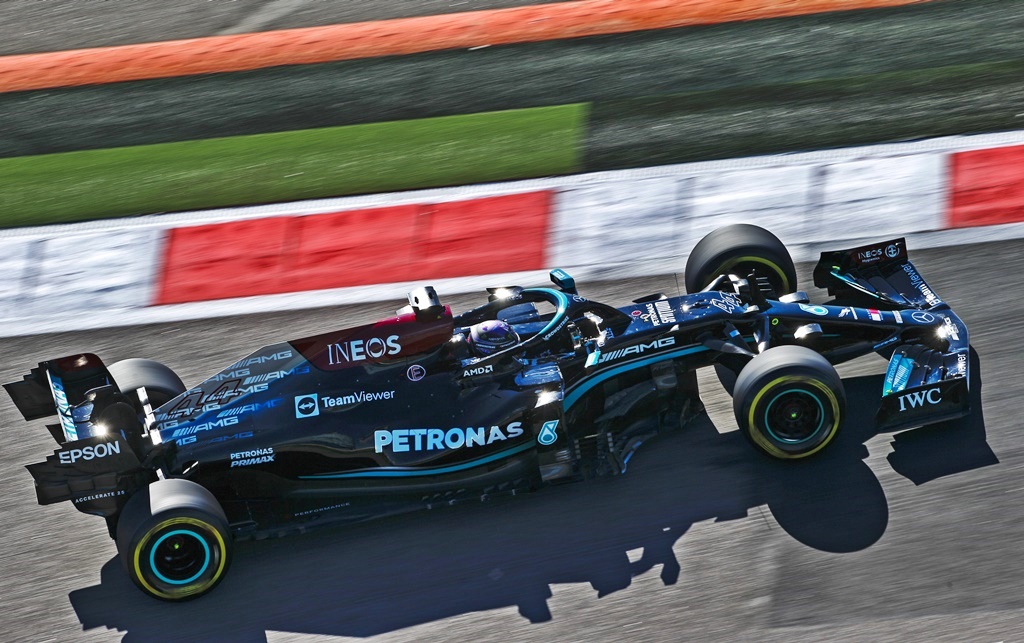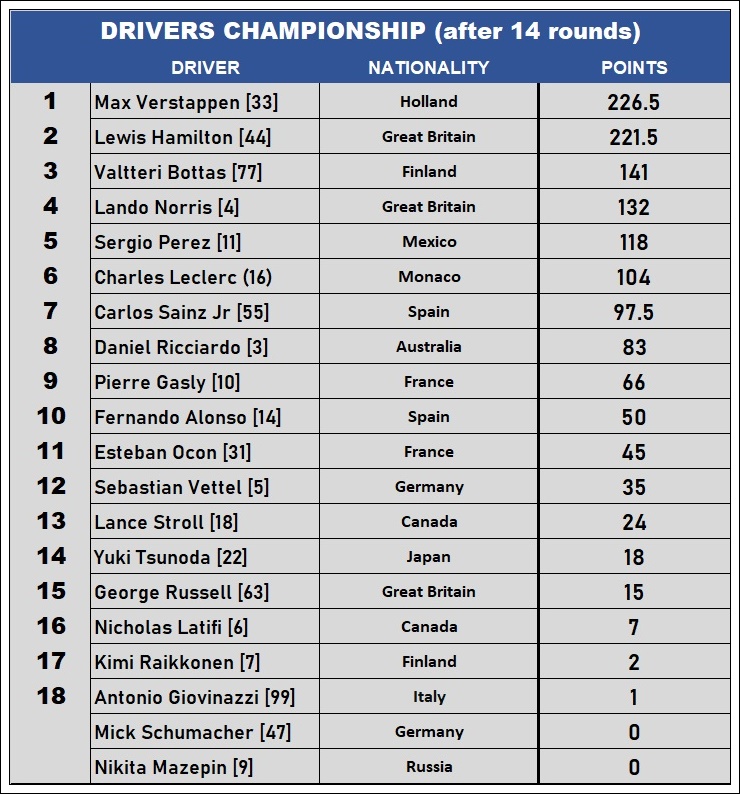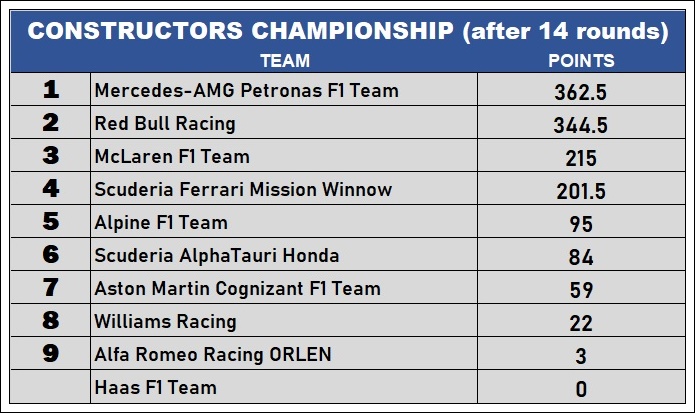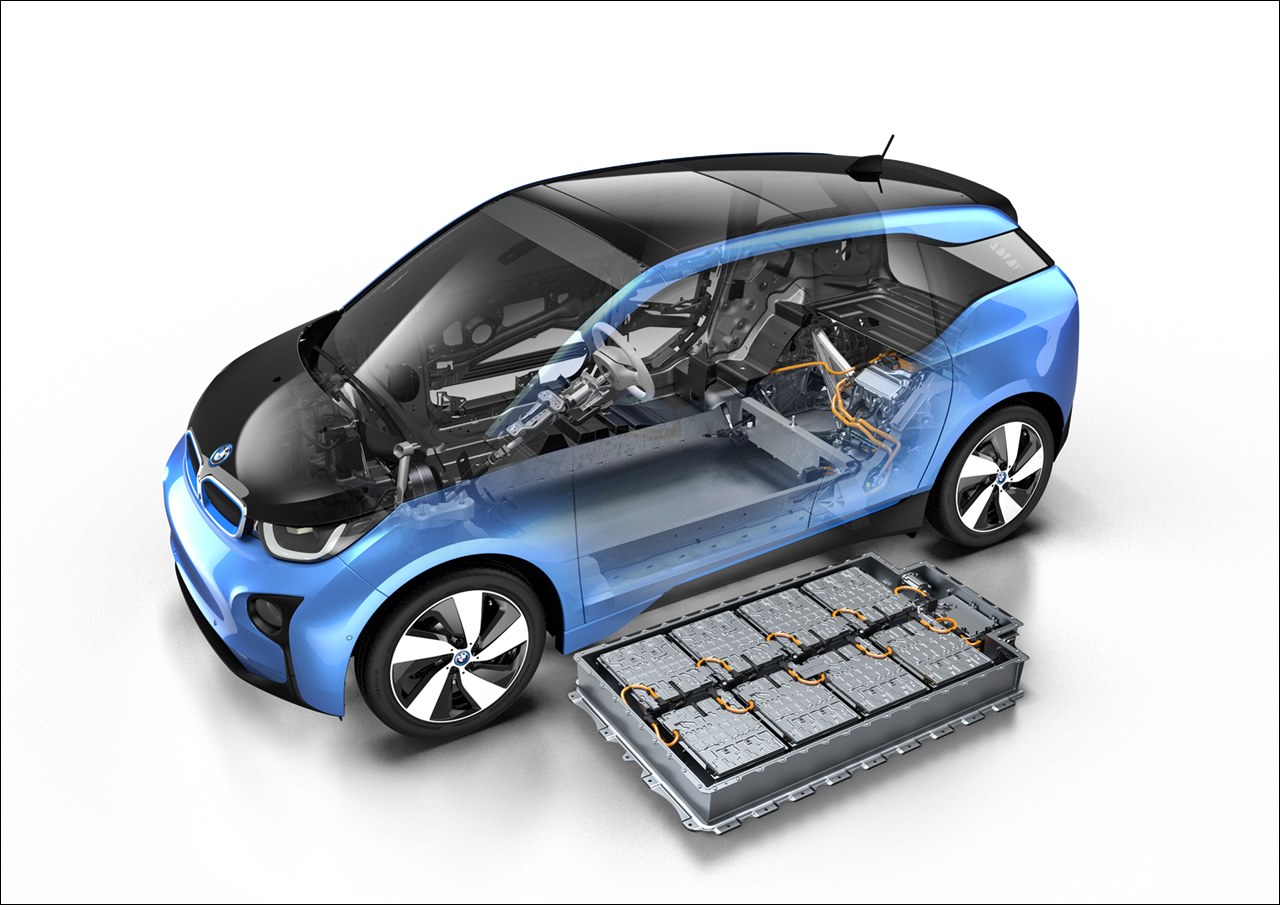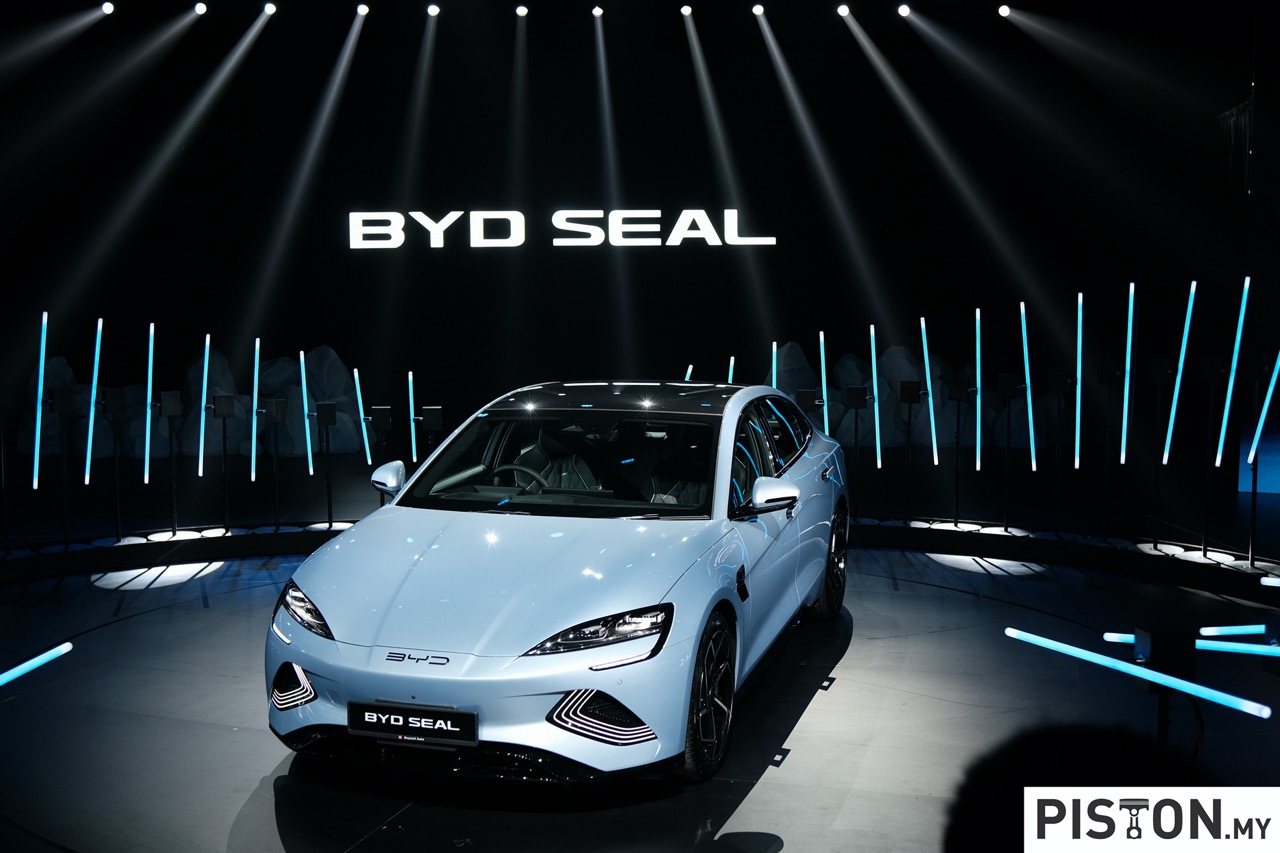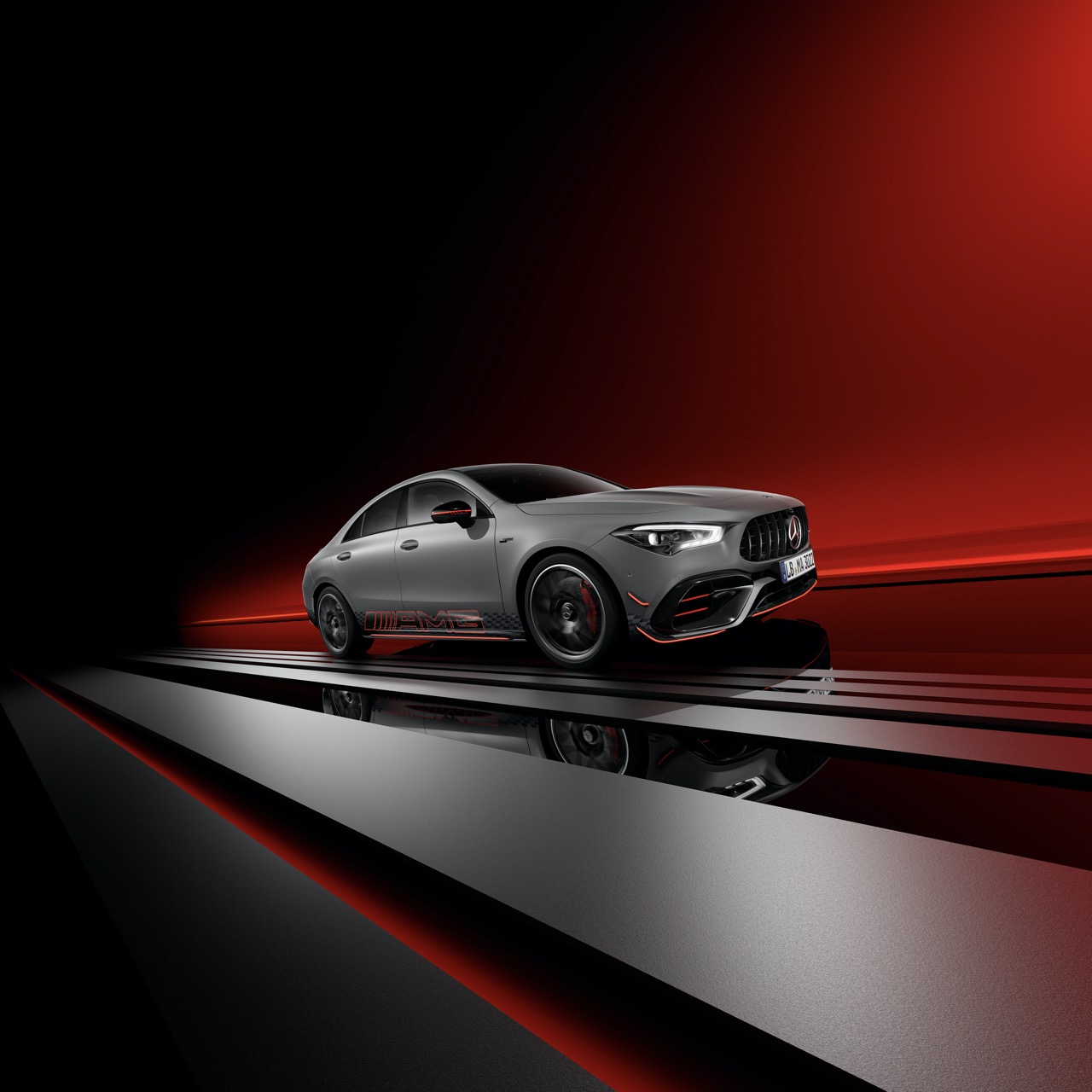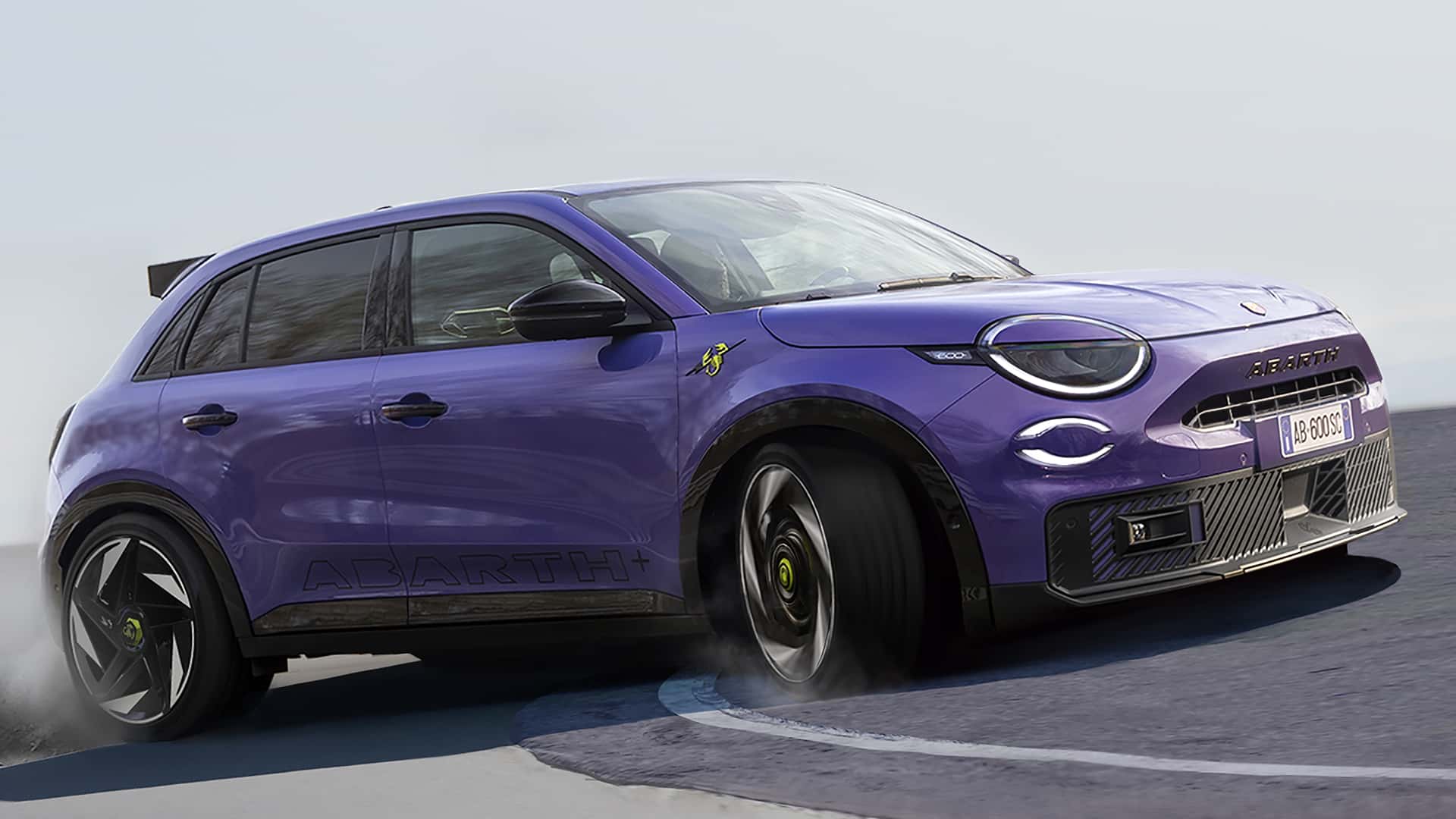The MCL36 is McLaren Racing’s new Formula 1 car for the 2022 world championship which sees significantly changed technical regulations. The new regulations – which include a switch to 18-inch wheels – have forced the engineers to completely overhaul their designs but the FIA expects that the racing will become closer and more exciting for fans.
With aerodynamics being crucial to performance, Formula 1 cars are designed with features to generate as much downforce as possible. At the same time, this must be achieved without sacrificing performance so it’s a challenge which engineers faced when developing the MCL36.
Gulf Oil racing car inspiration
The new bodywork, described as having ‘speed and elegance… very vibrant’ by McLaren CEO Zak Brown uses similar colours as before but with a different livery. It has ‘Fluro Papaya’ as the dominant colour which will certainly make the car easily identifiable on the track. The blue (lighter than in 2021) is similar to that used by Gulf Oil in its racing cars before, and the racing link with the oil company goes back to 1968.
More sustainable fuel
McLaren will continue to use the Mercedes power unit in the MCL36 which, apart from being improved, has been retuned to run on E10 fuel instead of E5. This is the most significant regulation change of the hybrid era began in 2014. The change is part of the FIA’s move towards making motorsports a sustainable activity and fuels must use sustainable ethanol. The engineers have had to optimize the combustion process but just how well the engine will run on E10 fuel will only be known during official pre-season testing towards the end of this month.
The drivers are the same ‘Commonwealth pair’ as in 2021 – Daniel Ricciardo from Australia and Lando Norris from Britain. Ricciardo, who finished 8th in the Drivers’ Championship last year, began racing in 2011, while Norris, aged 22, entered F1 with McLaren in 2019.
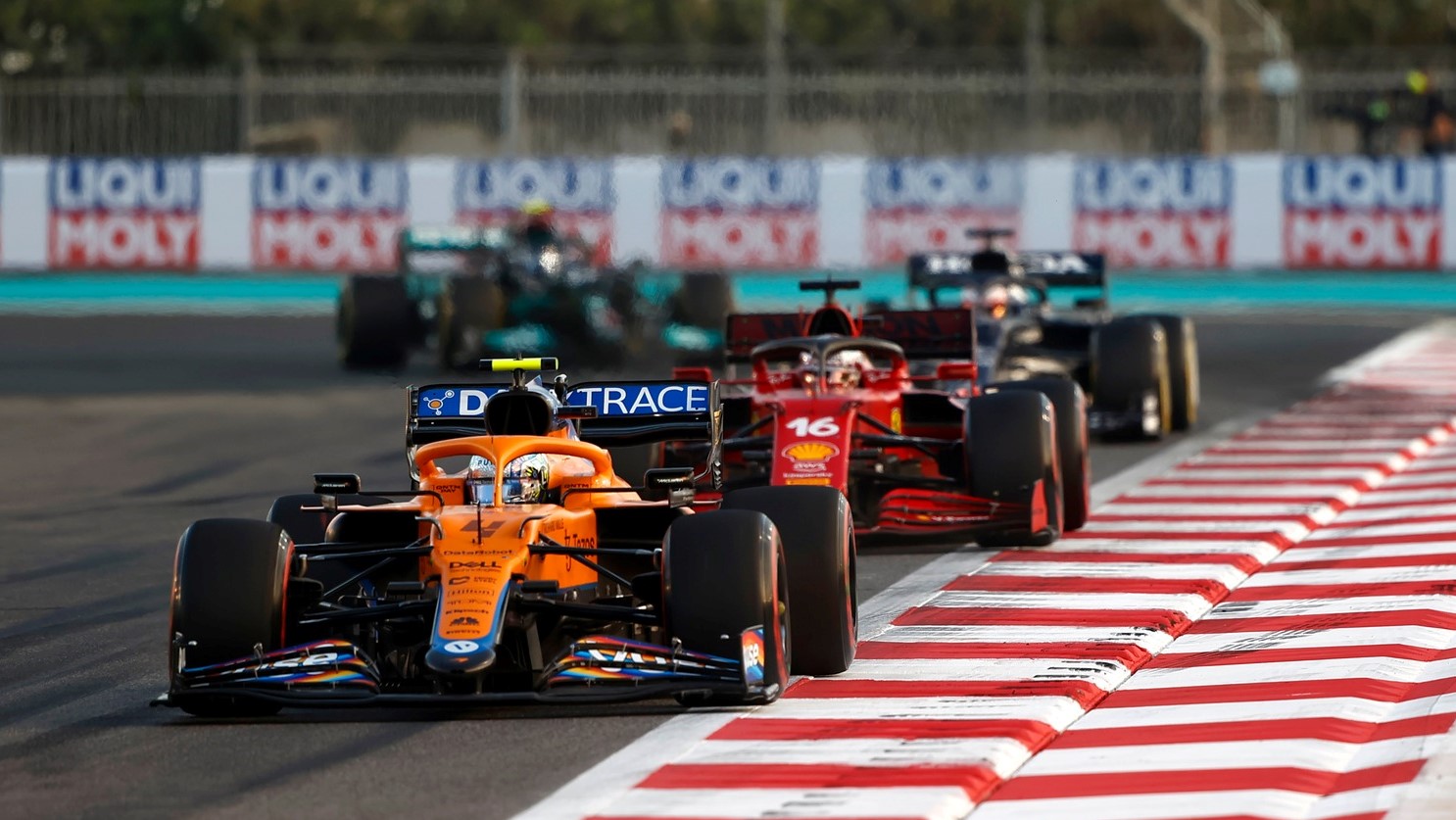
McLaren Racing finished fourth in the championship last year with their highest points finish since 2012 that included one race win during the year. They have 20 world championship titles to their name and will be trying just as hard in 2022 to add another. The new regulations are helpful, in a way, in levelling the playing field again as each team has to now start to make their car more competitive from essentially the same ‘base’. The promise of closer racing could also be advantageous for some drivers.
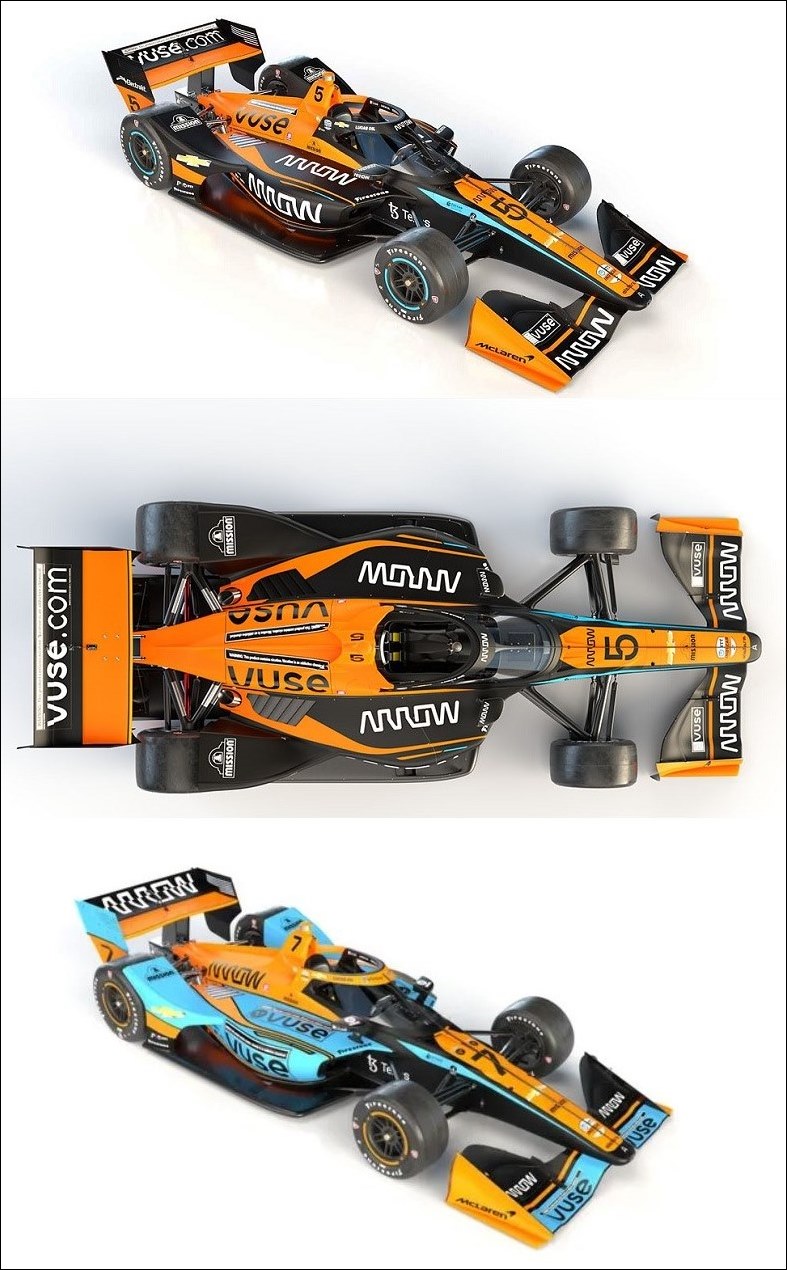
IndyCar and Extreme E challengers
Also unveiled at their base in England was the team’s IndyCar and Extreme E challengers. In addition, the livery of team’s esports programme, McLaren Shadow, was also shown to the world. The team also presented the 2022 Arrow McLaren SP team of Pato O’Ward and Felix Rosenqvist who will start their 2022 IndyCar campaign at the Grand Prix of St. Petersburg, Florida, on February 27.
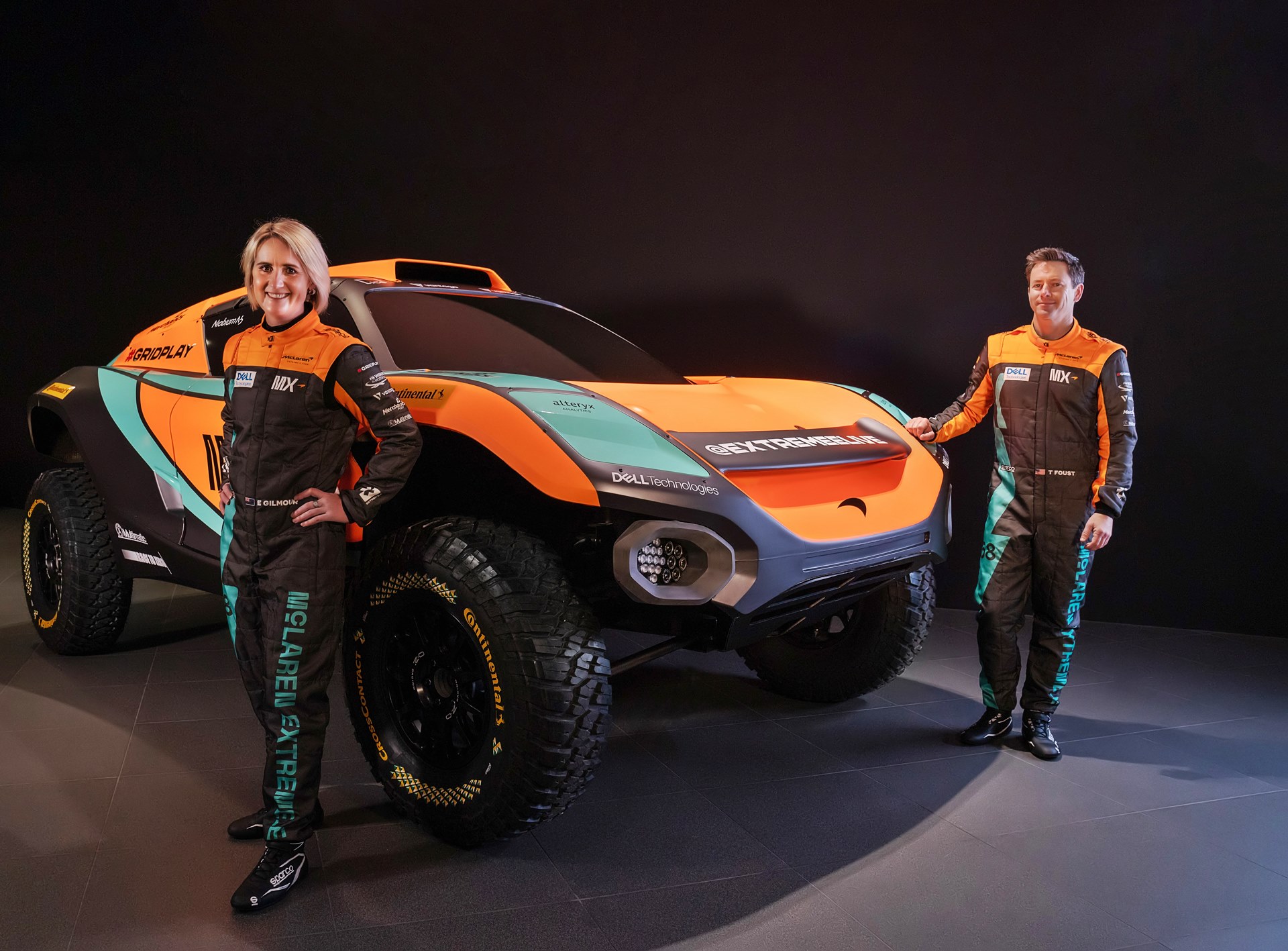
The McLaren Extreme E all-electric off-road racer will be used for the second season of the all-electric off-road series which began last year. The drivers will be Emma Gilmour from New Zealand, and 4-time US rallycross champion, Tanner Foust. Gilmour, who has also taken part in the WRC, becomes the first female McLaren racing driver, in-line with the team’s commitment to showcase and inspire diversity in motorsport. The McLaren Extreme E team will be on the starting line for the first round of the 2022 Extreme E Championship at the Desert X-Prix in Saudi Arabia next weekend.


